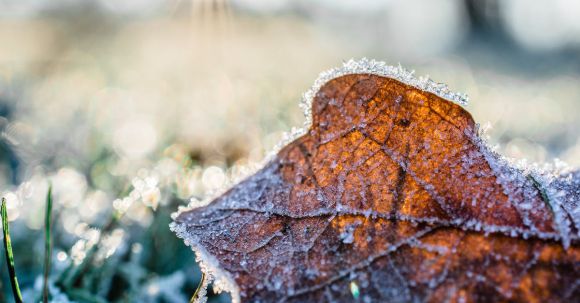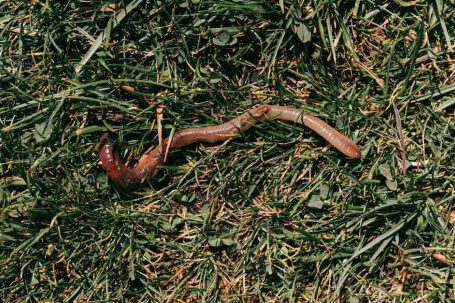As winter approaches, gardeners and plant enthusiasts may find themselves concerned about the potential damage that frost can cause to their beloved plants. Frost occurs when temperatures drop below freezing, causing ice crystals to form on plant surfaces. These ice crystals can damage plant cells and lead to wilting, discoloration, and even death. However, there are several effective methods for protecting plants from frost and ensuring their survival throughout the winter months.
Understanding Frost
Before we delve into the best ways to protect plants from frost, it’s important to understand how frost occurs. Frost typically forms on clear, calm nights when the temperature drops below 32 degrees Fahrenheit (0 degrees Celsius). As the temperature decreases, moisture in the air condenses and freezes onto plant surfaces. This can be particularly damaging to tender plants and those with delicate foliage.
Choosing the Right Plants
One of the first steps in protecting your plants from frost is selecting the right plants for your climate. Some plants are more tolerant of cold temperatures and are better equipped to withstand frost. Researching and choosing frost-resistant plants will save you a lot of time and effort in the long run. Hardy plants such as conifers, holly, and winter-flowering shrubs are excellent choices for colder climates.
Mulching
Mulching is a tried and tested method for protecting plants from frost. Applying a layer of organic mulch, such as straw or wood chips, around the base of plants helps insulate the soil and regulate temperature. This layer of mulch acts as a barrier, preventing the cold air from reaching the plant’s roots. Additionally, mulch helps retain moisture in the soil, reducing the risk of dehydration during frosty conditions.
Covering Plants
Covering plants is another effective way to protect them from frost. Using materials like burlap, old blankets, or frost cloths, create a protective barrier around vulnerable plants. Ensure that the cover extends all the way to the ground to trap warm air and prevent cold drafts. It’s important to remove the covers during the day to allow sunlight and air circulation, preventing heat buildup and potential mold or fungal growth.
Watering Techniques
Proper watering techniques can also play a crucial role in protecting plants from frost. Water acts as a natural insulator, helping to regulate temperature fluctuations in the soil. Before a frosty night, thoroughly water the soil around the base of your plants. This will help the soil retain heat and keep the roots warm. Be cautious not to overwater, as excessive moisture can lead to root rot.
Using Heat Sources
In extreme cases, when frost is imminent, using heat sources can provide extra protection for your plants. Options include placing outdoor heaters or heat lamps near vulnerable plants or using incandescent holiday lights. These heat sources can help raise the temperature around the plants and prevent frost damage. However, exercise caution when using heat sources and ensure they are safe and properly installed.
Conclusion
Protecting plants from frost is essential for their survival during the winter months. By understanding how frost forms, choosing the right plants, mulching, covering, employing proper watering techniques, and using heat sources when necessary, you can safeguard your plants and ensure their health and vitality. With these methods in your gardening arsenal, you can confidently face the winter season and enjoy a flourishing garden come springtime.





